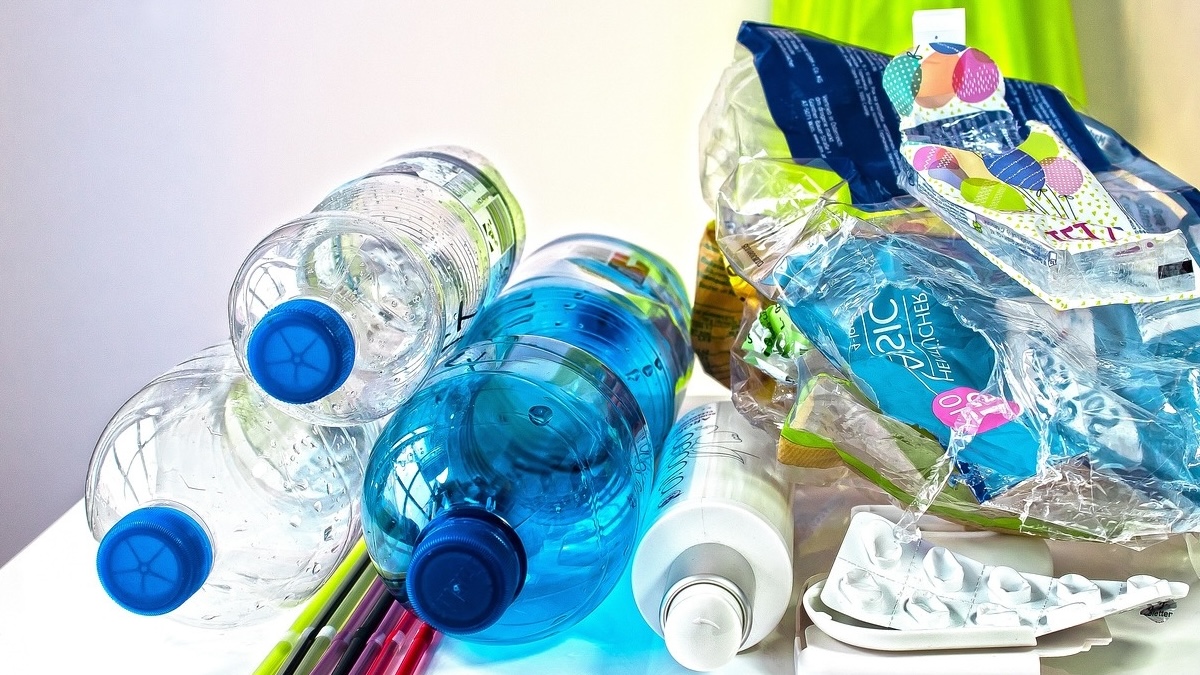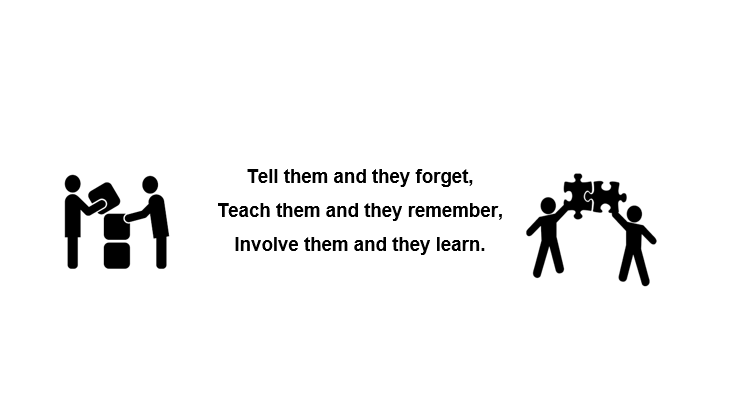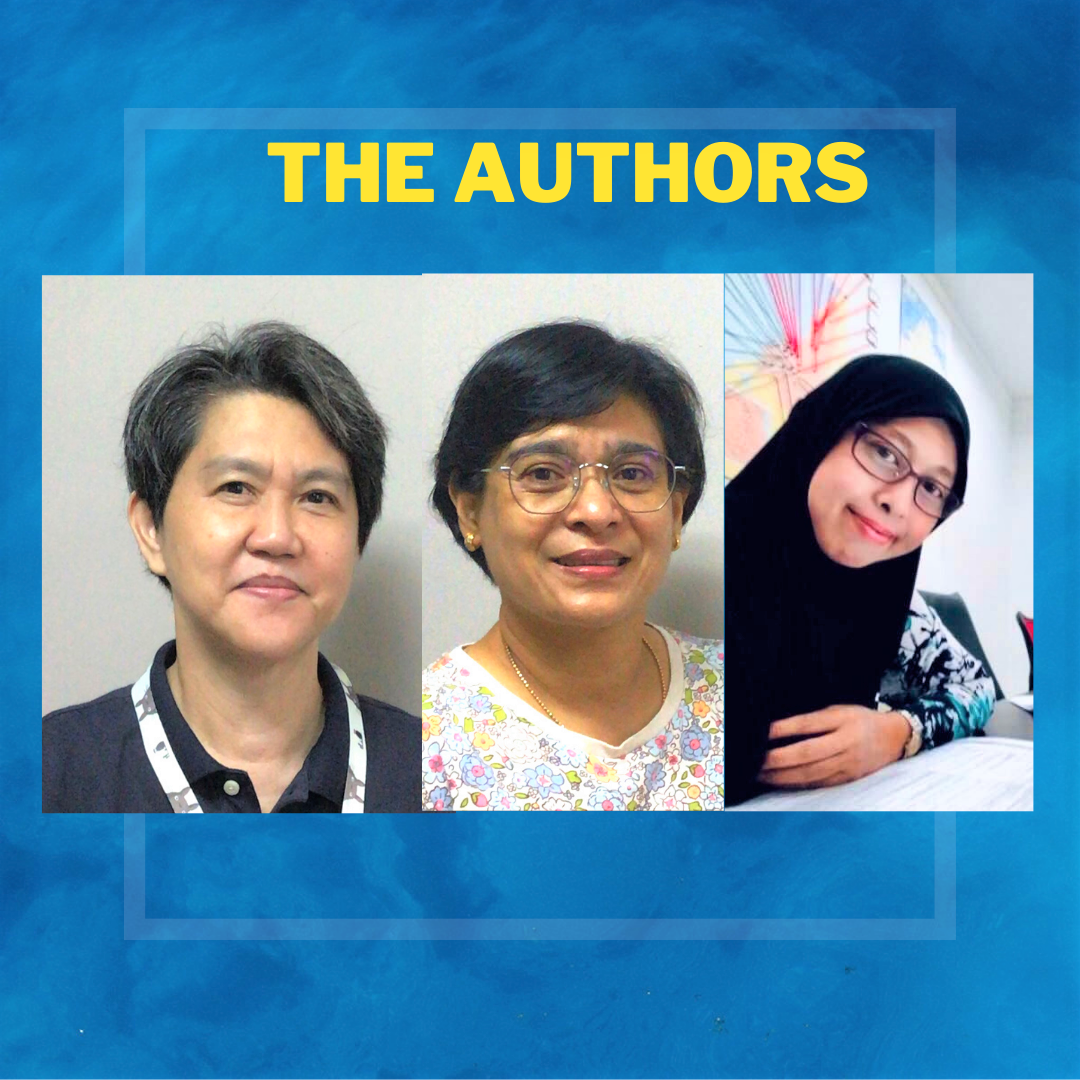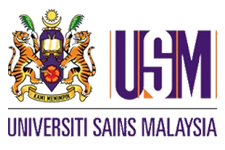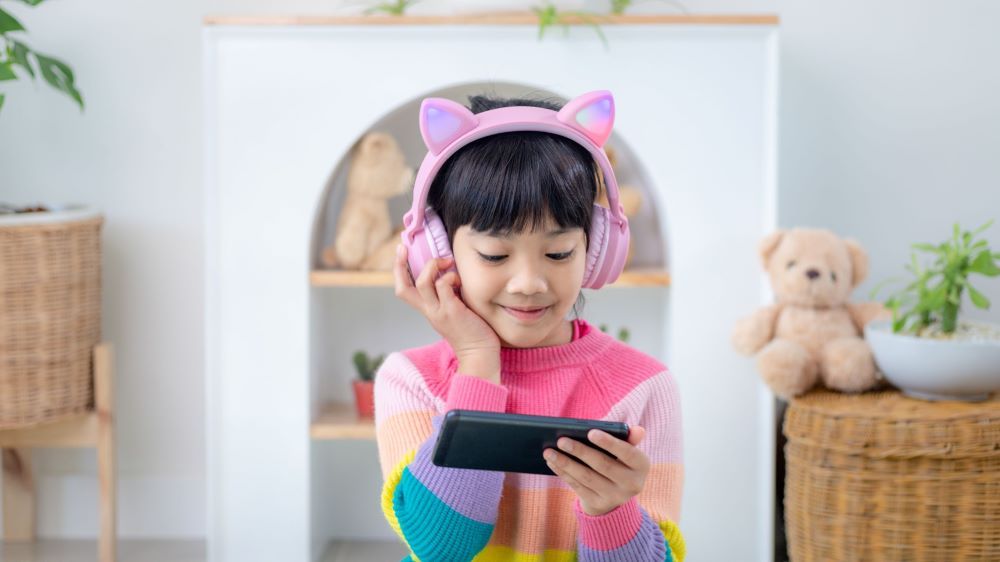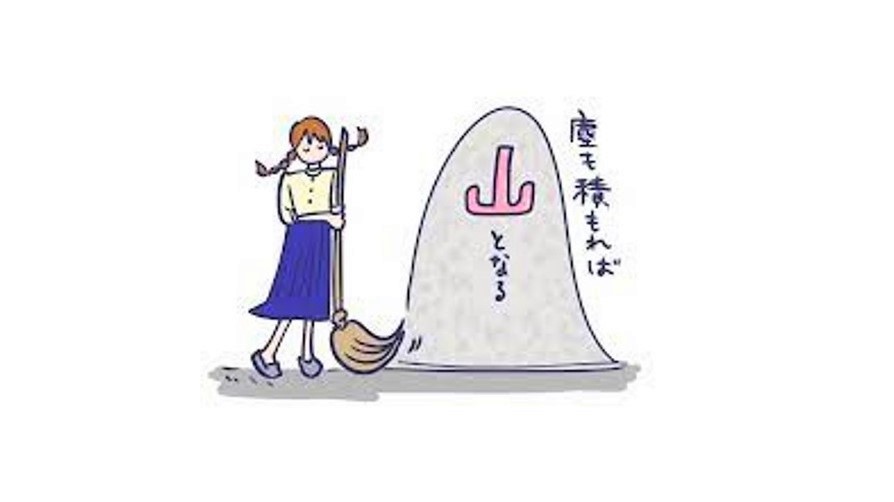They say two heads are better than one. We couldn’t agree more. Writing argumentative essay can be challenging for any individual writer.
Based on our 24 years of teaching experience in Engineering Campus, completion time may drag from one writer to another. The initial thought of having to complete an essay is indeed very taxing for many. The post pandemic phase has seen a further increase of time needed to complete in class writing task.
A purposeful intervention is timely required. Collaborative writing using pen and board method in class is worth exploring. Besides polishing writing strategies and skills, we are hopeful to cultivate leadership, teamwork and productive writing relationships among the students cum writers.
The problem
The students were exposed to a classic format of essay development using a 5 paragraph framework as attached.
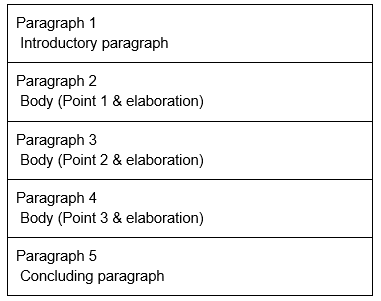
A sample point elaboration paragraph was shown and explained to them thoroughly. Students are expected to write a complete essay individually for graded assessments. However, most students were stuck with a blank paper whenever they were required to write on their own.

When asked, these were the most popular reasons behind their inability to write instantly – lack of idea, poor vocabulary, uncertain of how to begin, fear of time constraint & word limit, feeling tedious, struggle with think and write coordination. Therefore, teachers play proactive roles to introduce collaborative writing activities which could potentially help them overcome writing challenges.
The Intervention
Students were allowed to pick their own team writers. Each group was assigned to a whiteboard and multi coloured pens. It was truly a blessing to have ample whiteboards hung all around the classroom. Each group needs to delegate roles to each member. They were going through a process of producing a written work as a team where all team writers contributed to the content and the decisions about the flow of the essay.
It was observed that some volunteered to lead by writing, others took charge of shouting out points aloud, few even cared to check grammar items and spellings of what were written on their boards respectively. Some uttered sentences as fellow team writers wrote them on the board. The atmosphere was productive. They were thinking aloud. Ideas flowed. Laughter was shared. Jokes were exchanged. Noise was welcomed.
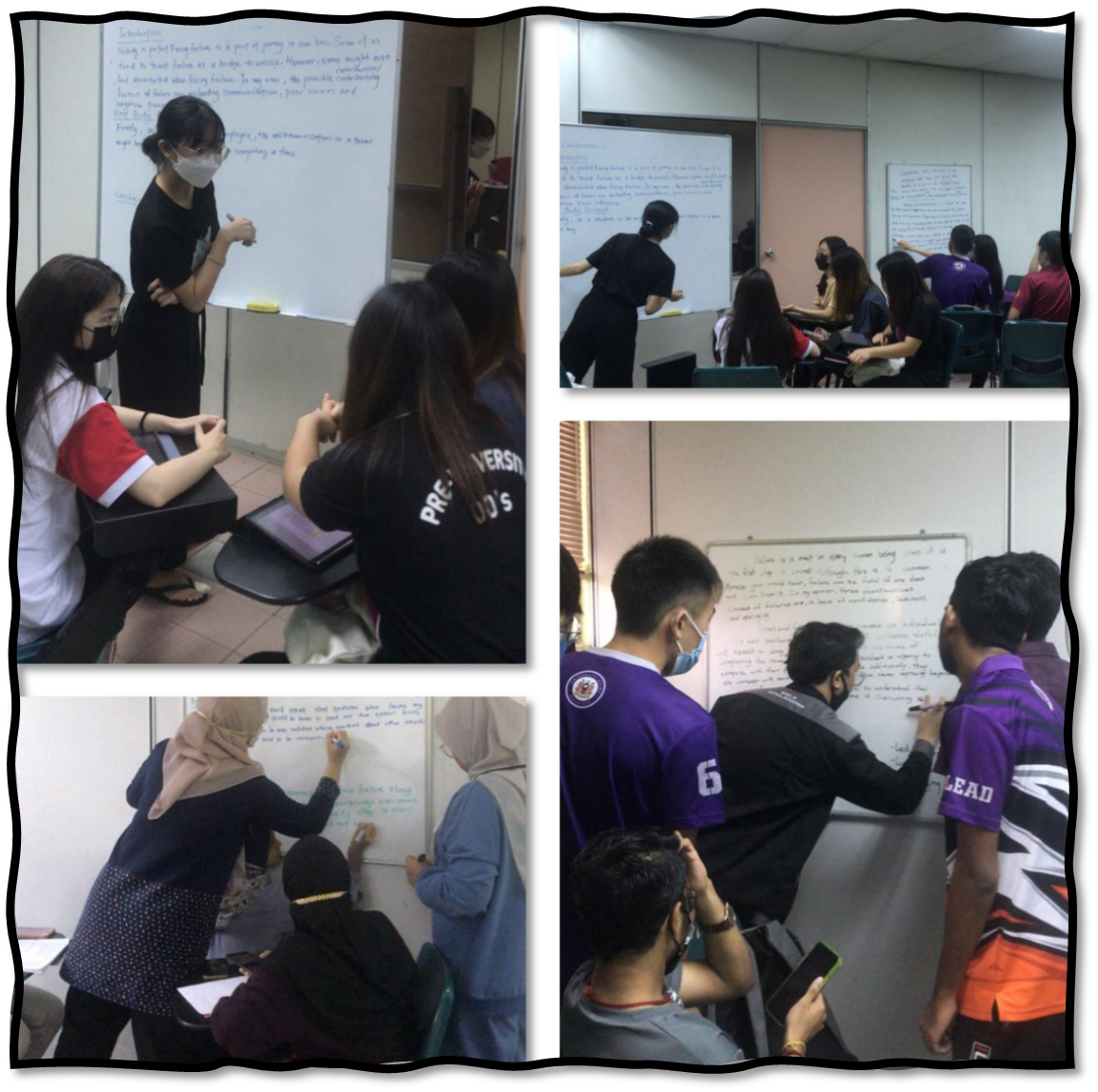
They can go round the class and read each other’s writing. Peer reviewing was also apparent. This experience seemed productive and proactive for most of them. Students were observed to be less defensive when their mistakes were pointed out by fellow peers. The peer correction experience seemed to be accepted very positively by many. They fully understood each other’s fear and limitation which led them to peer correct in a less threatening manner.
Teachers played the role as a facilitator who went round from one board to the next. Students took the opportunity to clarify certain items with the teachers as their walking dictionary. Teachers even praised the team’s effort and ability to pen down coherent paragraphs on the board.
When all teams were done, volunteers were called to pick a favourite board and read the written output aloud. Reading aloud even helped groomed confidence. Students were asked to provide feedback on what they love about that written masterpiece. They took turns to further provide points that they noticed they have together improved while doing the activity. At this point, students were very open and receptive to each other’s viewpoints.
Why collaborative writing using the pen & whiteboard?
The use of pen and whiteboard allows the immediate correction or addition of points done by writers. Peers can co-learn as they go round the classroom and read aloud each other’s’ masterpieces. They were very receptive to feedback and suggestions by fellow friends. They were enjoying each other’s company, laughing, making so much noise in between, googling and reassuring one another constantly. This view is the total opposite of any individual writing task which was full of silence and tension too, we presumed.
Collaborative writing as opposed to individual writing seems to prove more fruitful. There were various benefits of getting together to collaborate on a writing task. Firstly, the students can master writing patterns by observing their peers’ writing styles. They can quickly compile and coordinate ideas for the writing task hassle free. Next, collaborative writing allows room for perfecting the art of deconstructing texts, perceptiveness and an eye for detail.
As a result, they developed a sense of audience and learnt how to satisfy other readers’ expectations. Moreover, students not only become more creative but accurate, as more people are involved in the process. Besides, they take responsibility for the outcome or the writing output which simultaneously polishes leadership and teamwork roles.
The Limitation
This intervention was truly time consuming. Given 2 hours per allocated class time was insufficient to intervene on each individual’s writing performance. Repetitive session was needful. However, the syllabus was catered to other skills namely speaking, reading and listening respectively.
Another concern was the teacher’s focus seemed to be varied. Whenever the teachers approached a group and their written board, there were too much of writing conventions to be focused upon. At times, teachers were fearful that some writers might felt left behind or less attended to.
Finally, group writing versus individual writing may present different challenges. While the intervention was hopeful to address some limitations faced by individual writers, some students were still unable to cope when facing individual task. An area of example is poor vocabulary. Every writer is expected to develop word mastery on their own, at their own pace and using their own means. Failure to take serious consistent actions may result in similar writers’ block.
Conclusion
A problem shared is indeed a problem halved. It is hoped that students will further dwell into the beauty of collaborative writing and make it habitual among fellow friends. The use of technology (e.g. writing using Google doc) can further enhance the practicality of team writing. As teachers, we will strive to further improve the intervention in our next practical cycle. As again, thanks to the old chalk and board for making a noble start for everything promising in future.





